Author: Cyril Richert
The Government Inspector raised issues, primarily relating to the number and nature of the changes included in the Submission Versions of the planning documents and finally rejected Wandsworth Council’s submission of the Local Plan.
The Inspector wrote to the Council on 21 March 2014 seeking clarification on a matter and wrote again at the beginning of April providing further details of his concerns. Eventually, on May 9th, the Council received a letter from the Inspector advising withdrawal of the Local Plan, which led to a formal withdrawal by Wandsworth Council on July 9th, 2014.
The Council conducted a formal consultation in Summer 2013, without taking much notice of the responses
Following a review of the planning documents (Core Strategy, DMPD, SSAD, …) to bring the documents in line with the National Planning Policy Framework (NPPF) and the London Plan 2011, the Council consulted last year on the changes and CJAG contributed to this consultation last July 2013. Our general point was that most of the comments made by the residents, groups and societies have been rejected or ignored in previous consultations on planning policy; it questions the purpose of the full process, other than ticking the right box at the right time.
The Council published its report on the Consultation on changes for its Local Plan (item 9 – Paper 14-141) earlier this year. In total 34 respondents made representations relating to the different planning documents. This time again, all our comments regarding the meaning of the policy (wording, strengthening) were rejected, to the exception of our comment on acceptable images (which shows have we say all along that there is a real problem). Our accepted comments related to factual corrections on dates and updating information on sites already developed.
The final version was submitted to the Secretary of State for Examination on 17 March 2014.
The Inspector identified changes made in planning policy but not submitted to public consultation
Initially, the Inspector noticed that “the March 2014 submission versions of these Plans include changes which go beyond those made in the 2013 versions” and asked if those changes “have been subject to consultation“. As the Council acknowledged that those amendments were not subject to formal consultation, it responded that it was common practice and therefore the normal examination should proceed.
To what the Inspector wagged his finger and pointed out the Planning Inspectorate’s publication ‘Examining Local Plans Procedural Practice’ which summarises the three procedures for making changes to a plan on submission, during the examination and at adoption: you must consult on main modification. An example is the changes to the housing numbers, which is clearly strategic in nature, although not subject to consultation.
The Inspector went even further, saying that despite the Council arguing that in some cases “representations lie outside the scope of the review” (i.e the textual alteration), they themselves “have proposed alterations to designations and policies in May 2014 which you had proposed to leave unaltered in 2013“. The Inspector added that he couldn’t be clear whether the entire Plan was open for comment or just specific parts of it.
The Inspector concluded that “the relevant legal requirements regarding consultation have not been complied with. In these circumstances, for the reasons outlined above, the most appropriate option would be for the Council to consider withdrawing the Plan“.
Wandsworth Council insisted the Inspector was wrong
In a second letter, the Council refused to accept the Inspector’s comments, as they were still asserting that their submission was sound, and that the Inspector was making changes to the usual examination process.
In addition the Council explained that – although there is no reference to a review in consultation letters – they carried out minor changes in response to representations with the exception to tall buildings and the boundaries of the industrial designations where changes where refused.
However that differentiation seems to come only in reaction to presentations as it was not specified at the last Planning Forum meeting in June 2013 where Martin Howell (Head of Planning and Development) said “it doesn’t stop commenting to things that have not been changed, but encourages to comment on things that have been changed“.
The Inspector squashed the Council’s arguments and confirmed that the consultation did not exclude tall building policy
The Inspector confirmed our understanding that there was no restriction squashing the position held by the Council, listing a number of reasons including:
- There is no indication of a partial or limited review in any letter and press notice.
- The website does refer to a ‘review’ of the Plan (the scope or extent of the review is not clearly defined on the website or elsewhere.
- The introductory text to the 2013 Core Strategy (para 1.6) does not define the extent of any partial review. Instead it states that “… representations can be made on the soundness of the documents”.
- It appears to be nothing that clearly states that the opportunity to make comments was limited solely to altered text or to any specific policies, policy criteria, supporting text, topics, sections or allocations.
The Council have advanced changes in 2014 to parts of the Plan which you had intended to leave unaltered in 2013. Even if some of these changes could be classified as minor, this nevertheless appears to indicate that the review was not limited to the 2013 changes. (example with the change on wide angle images, p 2.53 DMPD).
Therefore the Inspector said that his intention was to examine the Plan on the basis that it is a full review and he would need to assess whether the Plan in its entirety was sound. And therefore the Council cannot exclude representations made on tall buildings and the boundaries of industrial designations and they will have to be considered under Regulation 23.
The Council tried to bypass the Inspector
Moreover, as the Council asked for a meeting with the Inspectorate would he not agree to change his views, the Inspector rejected the option underpinning the fact that the Inspector is appointed by the Secretary of State to conduct the examination, and therefore he cannot be forced to an opinion.
At the beginning of July the Council decided to throw the towel and consequently to withdraw the document. It indicates that a new set of consultation should happen in Autumn 2014 with the aim to re-submit for examination in Spring 2015.
As the Inspector suggested, it will have “the option of telling existing representors that they should provide comments on the consolidated 2014 version under Regulation 19 as previous representations on the 2013 version would not be considered during the examination“.
Filed under: Planning strategy
![]()


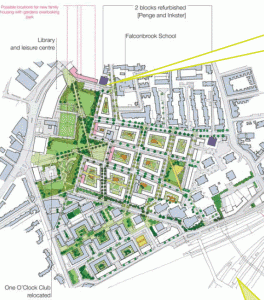
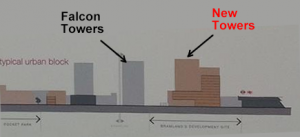
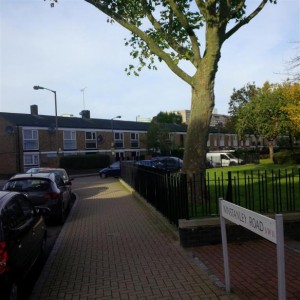
 Following feedback from last year’s consultation, there are some variations for the Crossrail 2 route through Chelsea, Dalston, Hackney and New Southgate. Proposed changes are:
Following feedback from last year’s consultation, there are some variations for the Crossrail 2 route through Chelsea, Dalston, Hackney and New Southgate. Proposed changes are: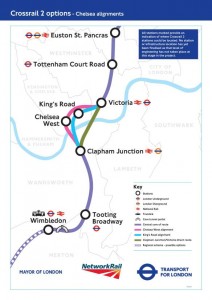
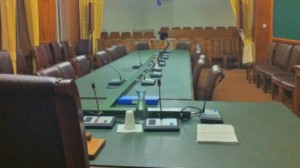


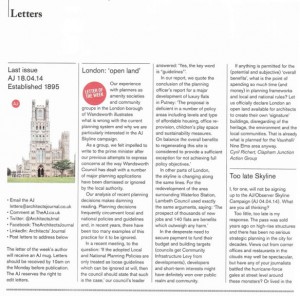
 “[…] If anything is permitted for the (potential and subjective) “overall benefits”, what is the point of spending so much time (and money) in planning frameworks and local and national rules? Let’s officially declare London an open land available for architects to create their own “signature” buildings disregarding of the heritage, the environment and the local communities. That’s already what is planned for the Vauxhall/Nine Elms area anyway.”
“[…] If anything is permitted for the (potential and subjective) “overall benefits”, what is the point of spending so much time (and money) in planning frameworks and local and national rules? Let’s officially declare London an open land available for architects to create their own “signature” buildings disregarding of the heritage, the environment and the local communities. That’s already what is planned for the Vauxhall/Nine Elms area anyway.”